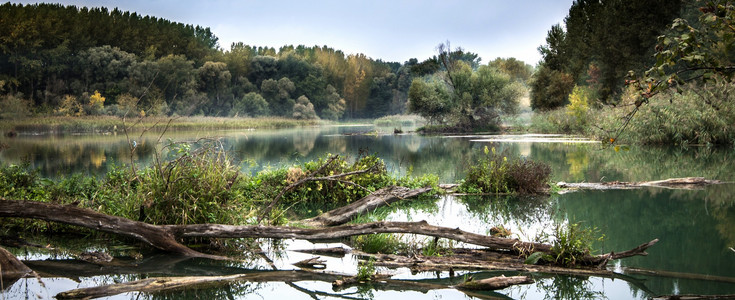Now Online
Umwelthistorische Datenbank Österreich
Environmental History Database Austria (EHDA)
Materialien zur Umweltgeschichte Österreichs Nr. 8
In 2004, the then newly founded Centre for Environmental History (ZUG) started to systematically search and collect bibliographical data on environmental historical literature in Austria. Over the years, the data set has grown to the 3,751 entries tabulated in this volume. Until 2019, the collection then named "Environmental History Database Austria (EHDA)" was available for online searches in a custom-made environment. EHDA entries comprise works with publication dates from 1945 until 2019 and include hard-to-find grey literature and academic qualification works. Since EHDA went online about 15 years ago, digitalisation has markedly impacted scientific publishing and research. Powerful finding aids, mostly with access to full texts, full-text searches and linked searches have become available. While EHDA has been regularly updated, because committed colleagues have invested time and expertise, we have not been able to modernize the tool in terms of search possibilities and links. We have therefore taken EHDA off the Internet. This volume of the “Materialien” makes the entire content of EHDA available to all interested parties as a fully searchable pdf document with carefully preserved tags. The introduction includes search tips and explains the search possibilities we have tried to preserve or are able to now offer under the new possibilities of full-text indexing and other search engine possibilities.
>zum Materialienband (pdf, 4,35 MB)

